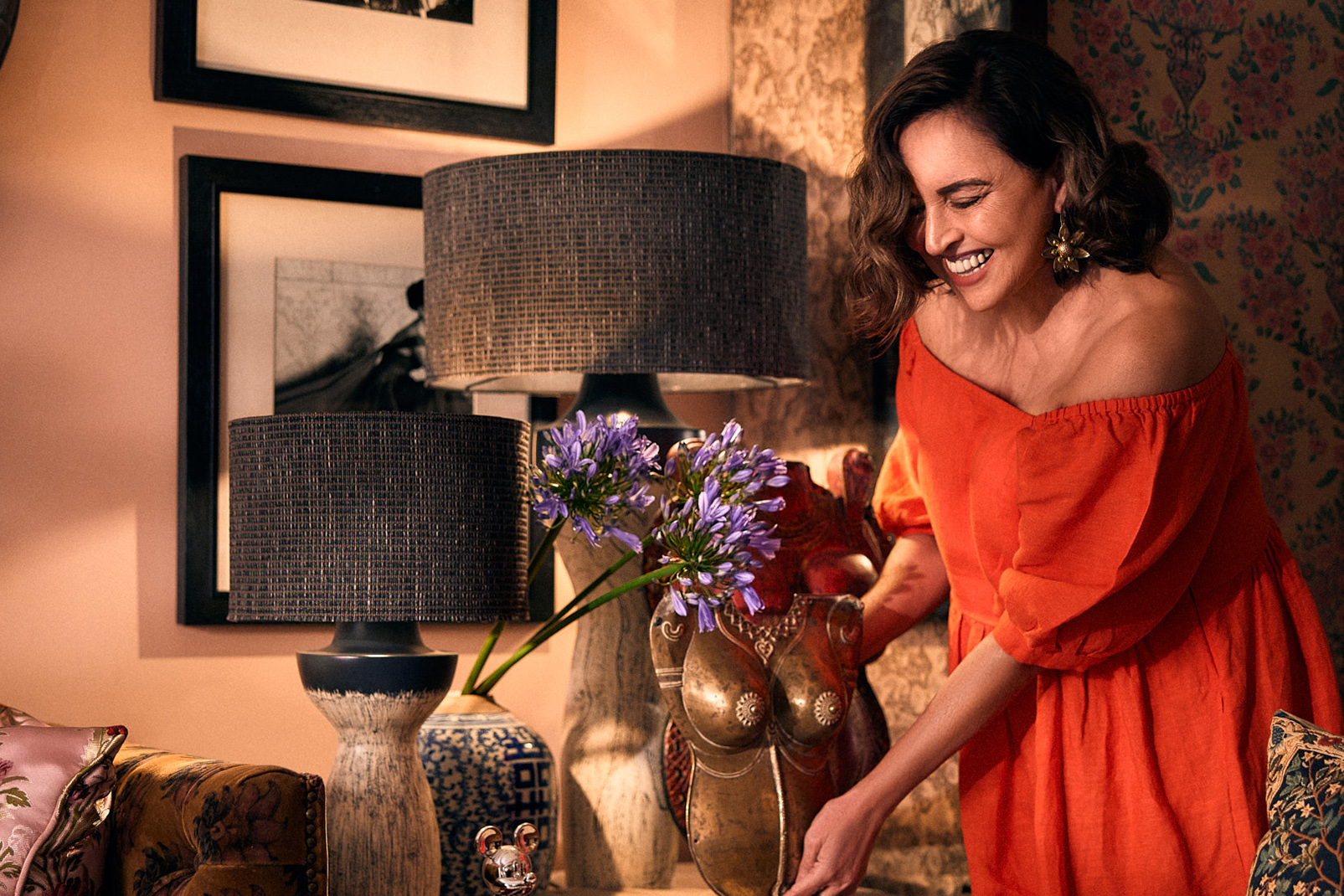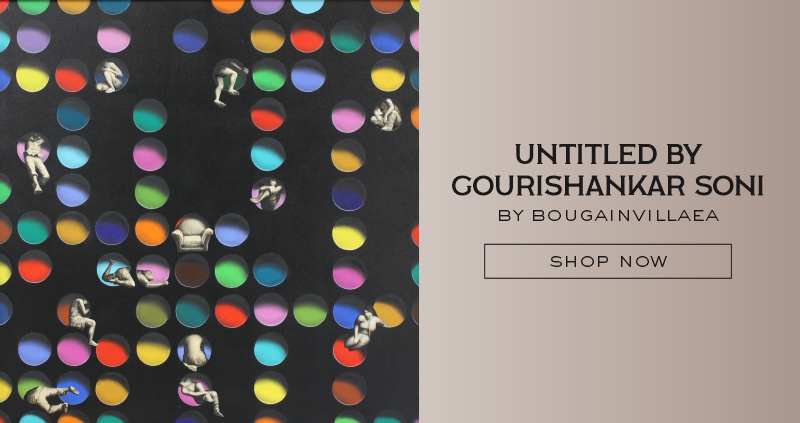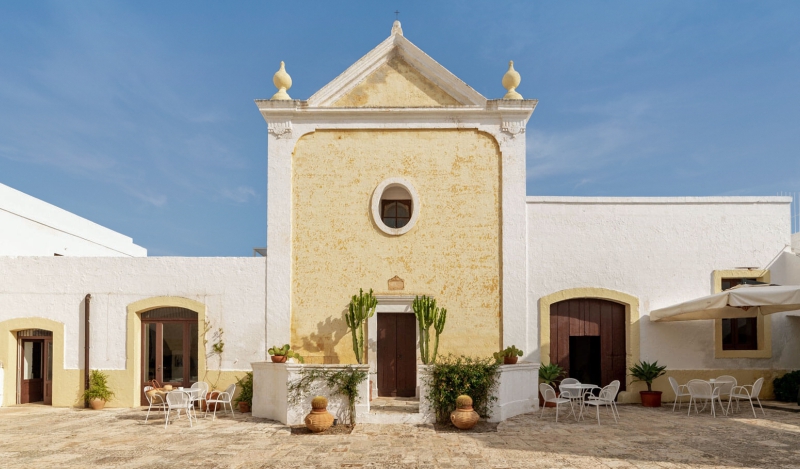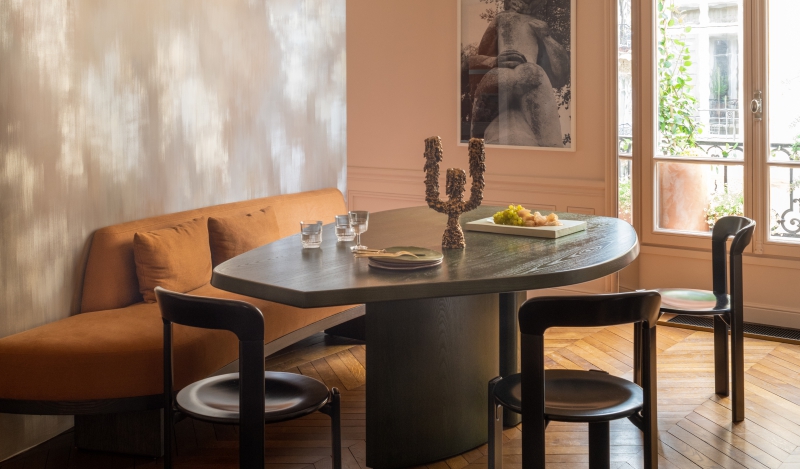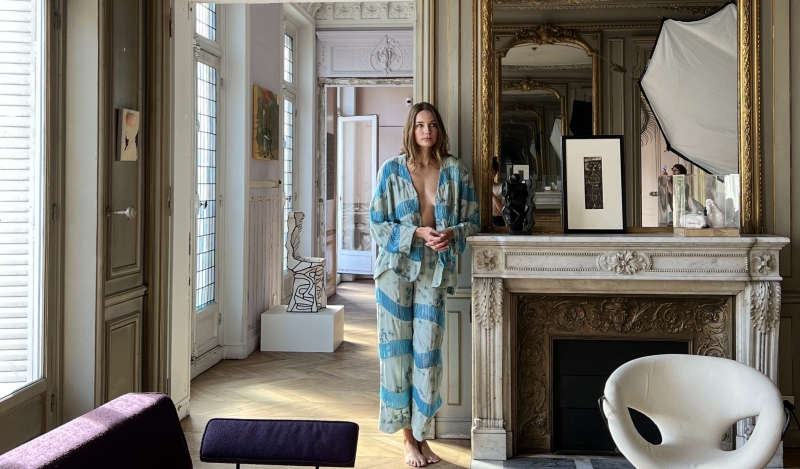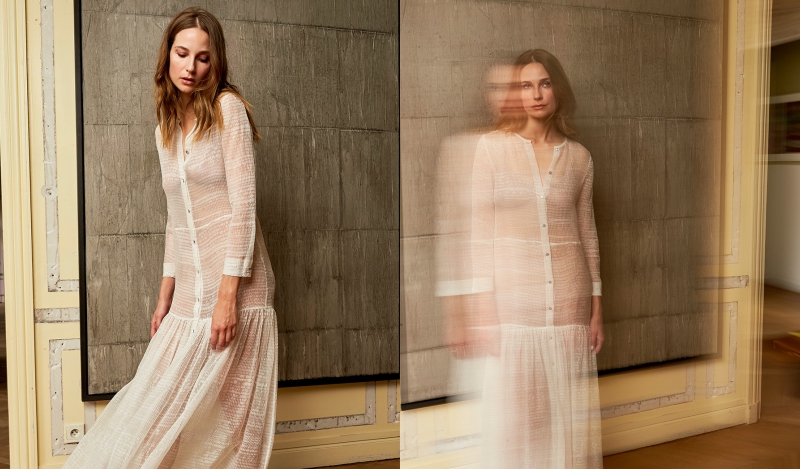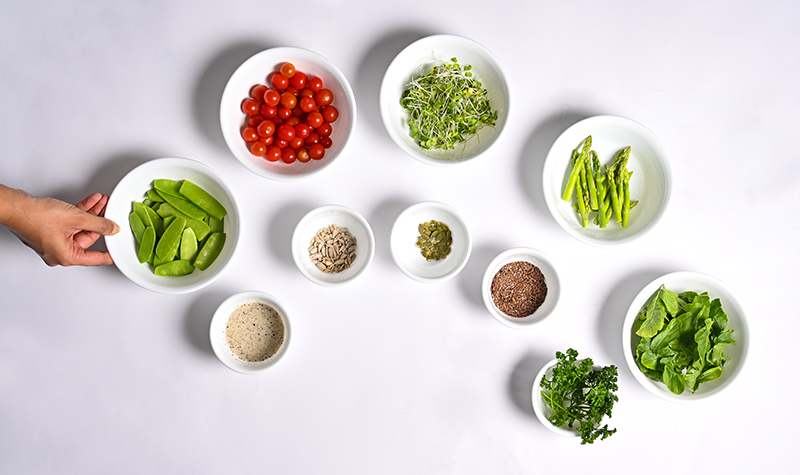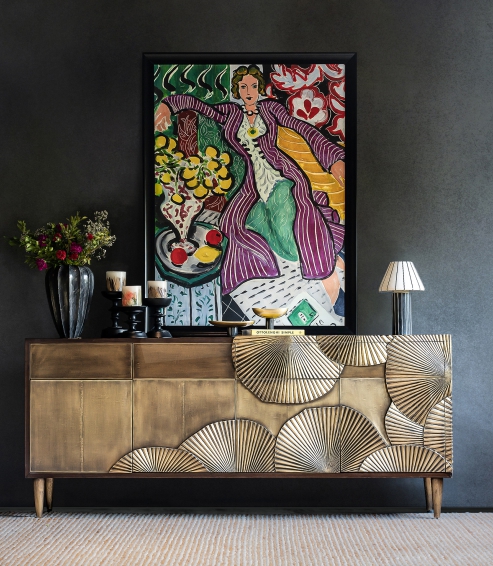We use cookies to make your experience better. To comply with the new e-Privacy directive, we need to ask for your consent to set the cookies. Learn more.
STEP INSIDE A MINIMALIST TEA HOUSE IN MUMBAI
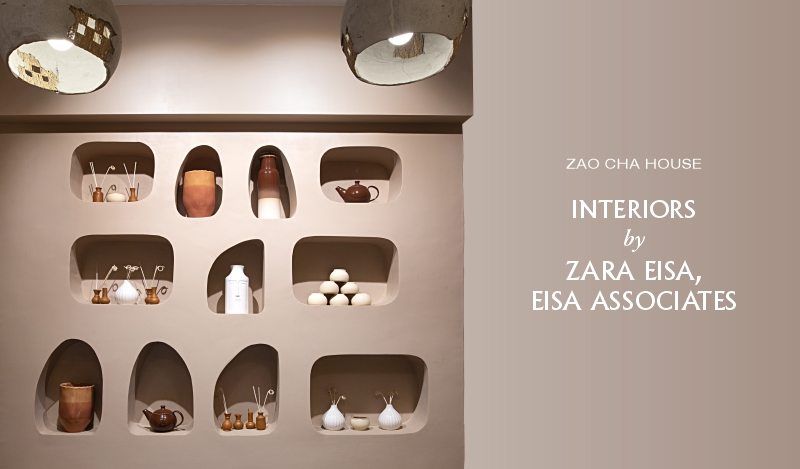
Using a consistent architectural language with a unique blend of design elements, Zara Eisa creates spaces that seamlessly integrate with a distinct style. The lines are sleek, the shapes are unconventional, the details are striking, and the materials are exceptional, resulting in a truly captivating aesthetic.
Restaurant interiors play a pivotal role in pulling a crowd, and if the interiors set an unforgettable mood, playing cohesively with the food served therein, then patrons are bound to visit again. Located in one of the quaint by-lanes of Pali Hill in Bandra, Mumbai, Zao Cha House is designed by young designer, and proprietor of Eisa Associates, Zara Eisa. Arriving at the doorstep of the charming cháguăn, guests are immediately given a glimpse into the tactility of the space and its relation to oriental aesthetics; the minimalist language, gentle curves, organic shapes, and a muted colour palette with warm, cozy lighting; all adding an ethereal vocabulary to the setup.


“Designing Zao Cha House was a very hands-on approach, where every detail was mapped out, whether it was creating a unique light feature that blends seamlessly with the walls, or drawing the organic shaped windows and niches of the tea bar, freehand on the bare walls”, explains Zara.
In designing Zao Cha House, which in Chinese translates to “Tea House”, Zara re-interprets Asian aesthetics by combining re-purposed elements with more delicate pieces. The local influence comes through in the custom staircase railing – made with scaffolding wood found on construction sites, and lush trees forming a natural canopy for the outdoor diners. The soothing dining area beautifully fuses with the outdoor space, where the natural bamboo staircase leads to the upper floor – something Zara and her team fondly refer to as being “Eco-chic”.


The soothing dining area beautifully fuses with the outdoor space, where a natural wood staircase leads to the upper floor – something Zara and her team fondly refer to as being “Eco-chic”.
There’s a sort of soft roughness to the space, lending a humbling quality, much like the art of tea making. This character is further accentuated by the origami-inspired pendant lamps, the fluid curves of the niches, and the beautiful ceramics enhancing the niches in the walls. All the furniture was purposefully conceptualised and customised to be in tandem with the design philosophy Zara had envisaged.


“The beauty of Zao Cha House truly lies in its subtlety, fluidity and distinctive details. All the furniture was purposefully conceptualised and customised to be in tandem with the design philosophy we had envisaged”, reiterates Zara.


Functionality is the cornerstone of the design, allowing the furniture to shine and become a beautiful work of art in its own right.
Since the footprint is narrow in certain areas, Zara astutely created pockets of dining zones on the ground and upper levels, each space offering its own experience. Bringing out the comfort and the warmth of an Asian tea shop, the space captures an alluring environment for revellers to enjoy a nourishing Mapu Tofu or pour over a steaming cup of oolong tea.


